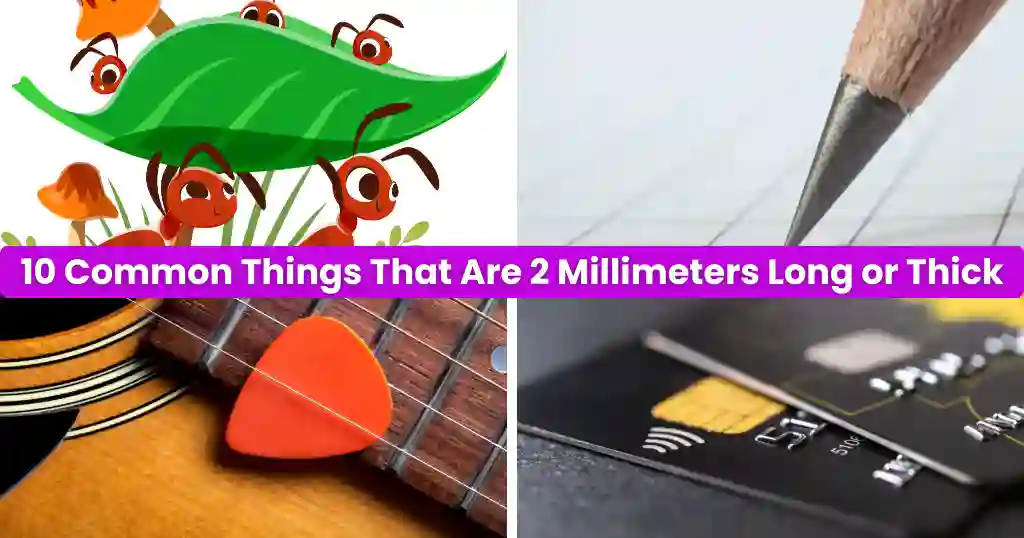Table of Contents
Toggle2mm might seem small, but it plays an important role in everyday life. A millimeter, part of the metric system, is one-tenth of a centimeter, and 2mm is just double that. It’s a size so small it often goes unnoticed, yet it’s meaningful when you stop to think about it. For example, the thickness of a 1-rupee coin or the tip of a mechanical pencil lead is about 2mm. Even a stack of 10-15 sheets of paper measures roughly the same.
In my experience, working with small measurements like 2mm has been crucial in crafting and assembling tasks. Whether measuring materials or handling delicate parts, understanding such precise sizes helps achieve accuracy, where even the smallest errors can make a big difference.
How Thick Is 2 mm?
2mm is equal to 0.2 cm
2mm is equal to 0.0787 or 5/64
When I started working with materials, I wondered how thick 2 mm really is. It’s about as thick as a nickel or two stacked credit cards. This small thickness can be important in areas like crafting, engineering, and jewelry making.
Knowing how thick 2 mm is helps you choose the right materials for your projects. Whether you’re making a model, building a device, or creating art, understanding this measurement matters.
1. A Crayon Tip
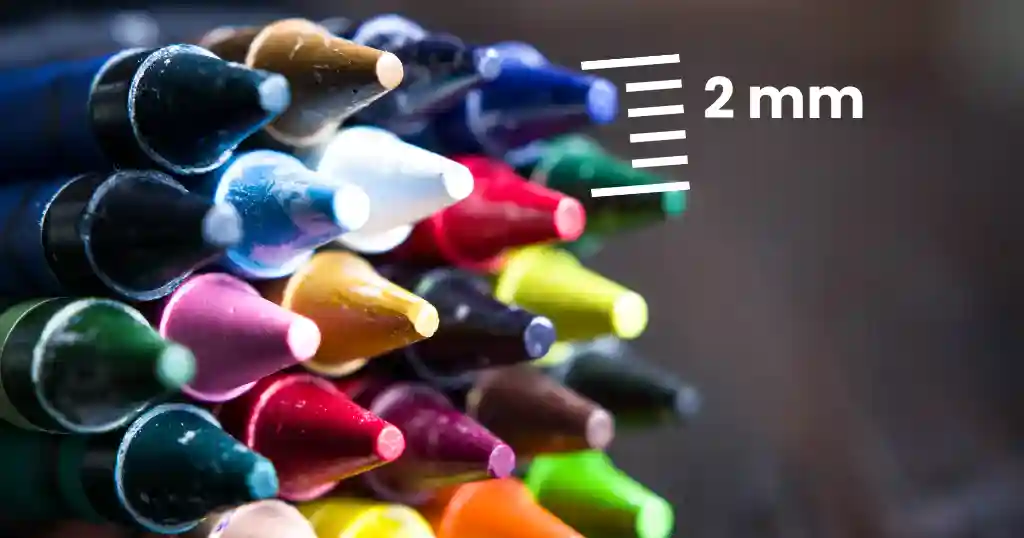
When I think about measuring 2 millimeters, the tip of a crayon comes to mind. The freshly sharpened point of a crayon is quite small—approximately 2 mm in length. It’s fascinating how such a tiny distance can affect the precision of a drawing.
Holding a crayon and observing its tip gives a tangible sense of what 2 mm looks like. This subtle length is noticeable when coloring within the lines. In art, this small measurement influences how fine or bold our strokes appear on paper.
Next time you’re coloring, take a closer look at the crayon’s tip. That little point exemplifies 2 mm in real life, showing how a tiny length can impact the details in our artwork.
2. Thin Guitar Pick
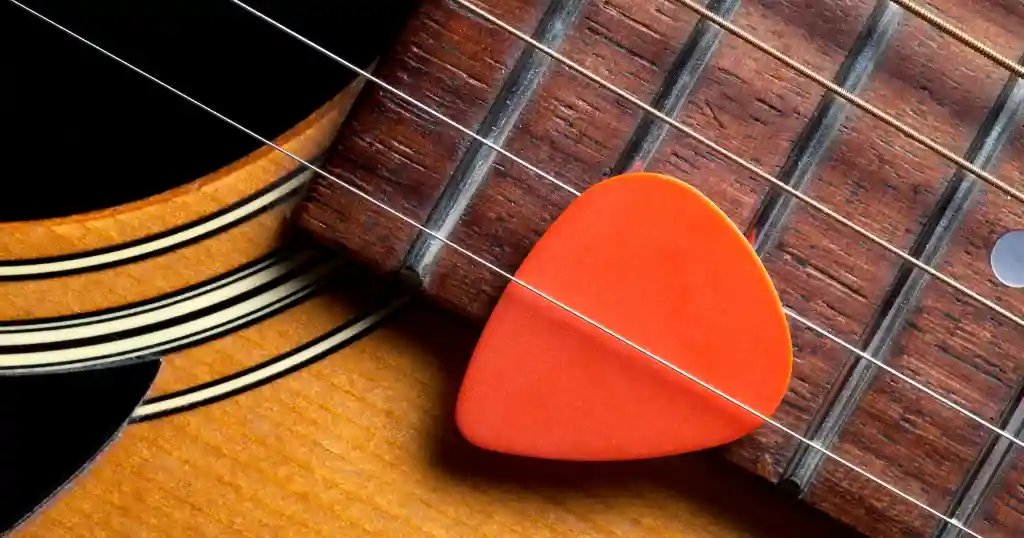
A guitar pick just 2 millimeters thick might seem small, but it has a big impact on playing music. This thin pick is flexible, letting you strum the strings softly and smoothly. Its slim shape fits easily between your fingers, giving you control over each note.
The 2 mm thickness affects the sound, making it gentler and more delicate. It’s amazing how such a tiny measurement can change the tone and feel of music. Holding this small pick shows how significant 2 millimeters can be in creating melodies.
3. A Bead
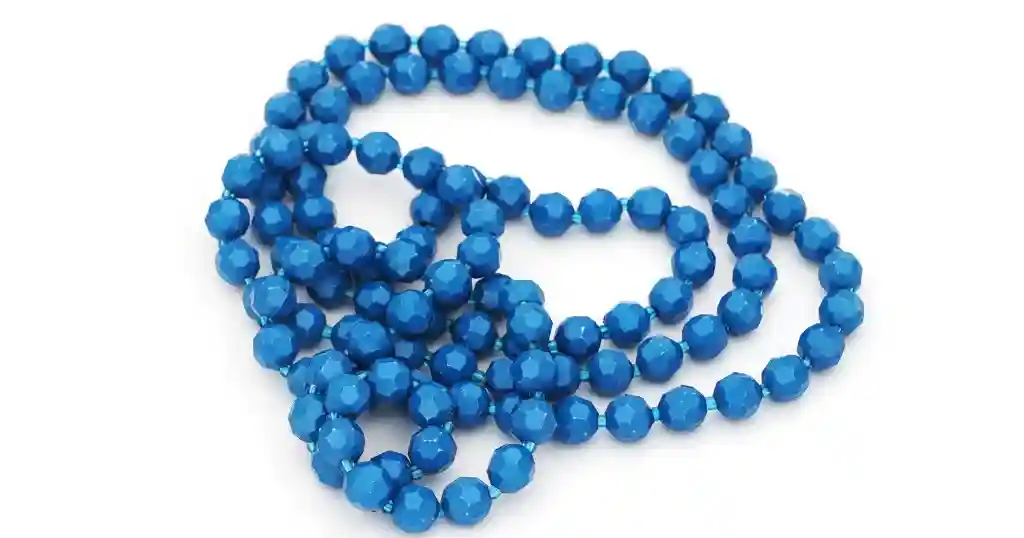
A tiny bead measuring 2 millimeters is a small yet significant piece in jewelry making and crafts. This bead can add intricate detail to necklaces or bracelets despite its minuscule size. Its small dimensions allow for delicate patterns that larger beads can’t achieve.
Holding a 2 mm bead between your fingers reveals just how small 2 millimeters really is. It’s about the width of a sharp pencil tip. These tiny beads require careful handling but bring a subtle elegance to any piece of art.
Also Read>>> Things That Are 50 Feet Long
4. A Rice Grain
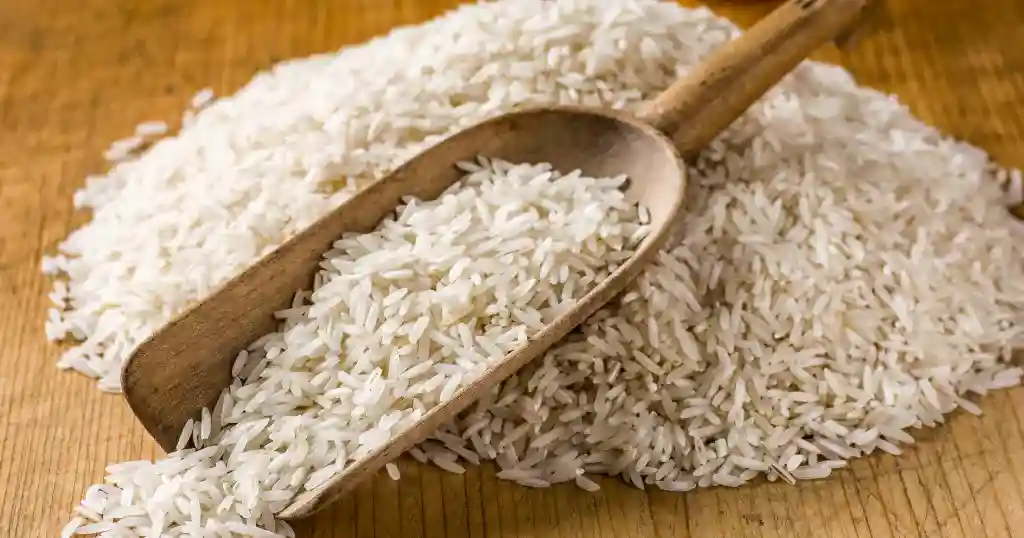
Think about a single grain of rice. It is about 2 millimeters wide and very small. This tiny grain feeds millions of people all over the world every day. When you hold it between your fingers, you can see just how small 2 millimeters really is.
Even though it is so small, a grain of rice plays a big role in our daily lives. It’s amazing that something so little can help feed so many people. The size of a rice grain shows what 2 millimeters looks like in real life.
Next time you have rice for a meal, take a moment to look closely at each grain. Notice its tiny size and think about how such a small thing can be so important. It is a simple way to see and understand how small 2 millimeters is.
5. Two Credit Cards
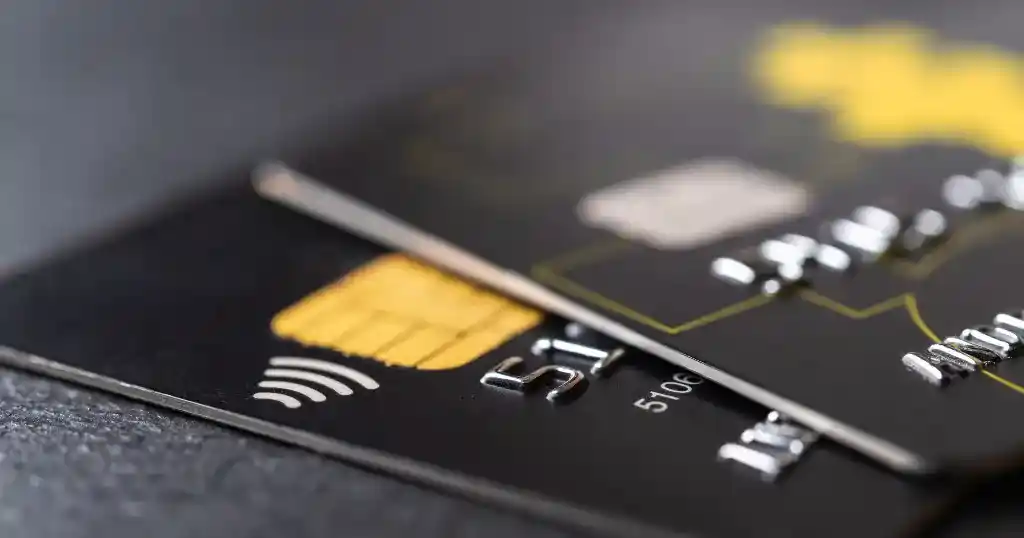
Imagine stacking two credit cards on top of each other. Together, they are about 2 millimeters thick. This shows how thin 2 mm really is. Since we use credit cards often, thinking about two of them together makes it easier to picture this small size.
Knowing that two credit cards equal 2 mm can help in everyday life. If you need to see if something will fit in a tiny space, you can use your credit cards as a quick tool.
6. Tiny Screws
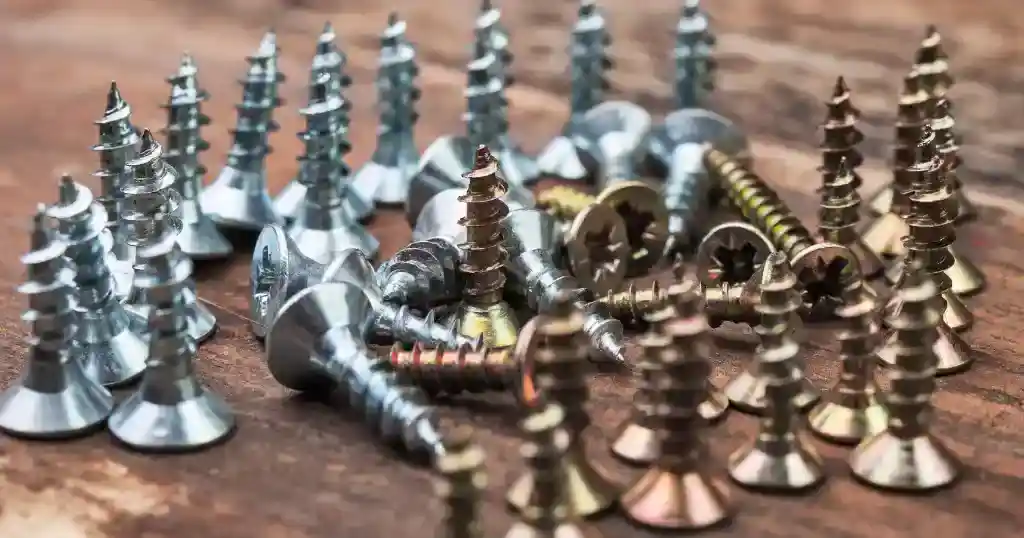
When I fix small gadgets, I often use tiny screws that are about 2 millimeters wide. These little screws are very important for holding together things like phones, glasses, and watches. Even though they are so small, they make sure everything works as it should.
Handling these tiny screws takes patience and careful hands. Once, I dropped one and it took me a long time to find it because it was so tiny. Without these small screws, many of the devices we use every day would not stay together. They may be small, but they are key to the technology we rely on.
These tiny screws show how something little can have a big impact. They keep our gadgets working without adding extra weight or size. Working with them reminds me how important it is to pay attention to small details when dealing with delicate devices.
7. Seeds
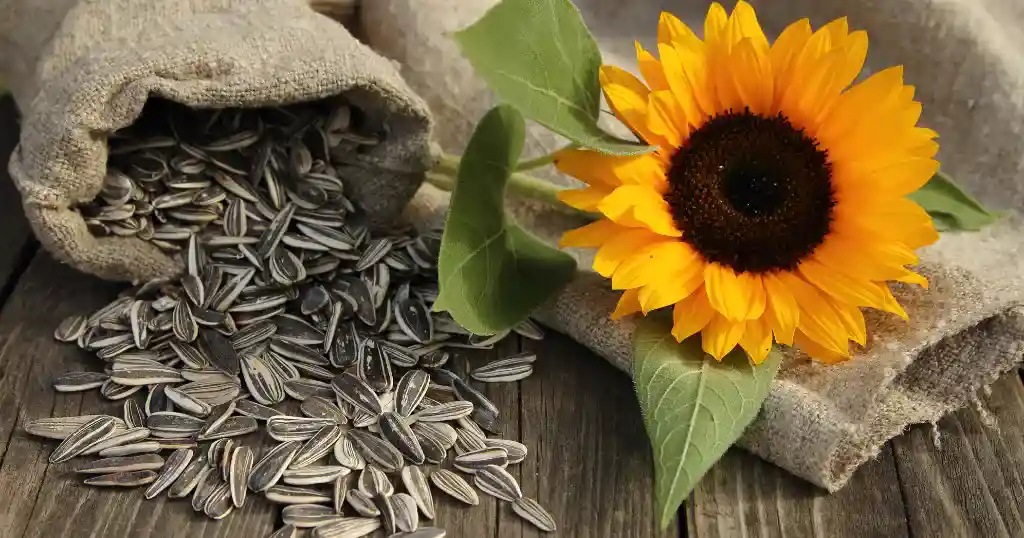
Seeds like poppy and petunia are very small, measuring about 2 millimeters long. Even though they are tiny, petunia seeds can fill gardens with bright colors when they grow into beautiful flowers. Poppy seeds are special because they are used both for their lovely flowers in gardens and for adding a unique flavor to foods.
Sunflower seeds and pumpkin seeds are about 2 millimeters thick. Sunflower seeds are not only tasty but also healthy, making them a good snack full of nutrients. Pumpkin seeds are enjoyed in many dishes, especially when roasted, because they have a delicious taste.
These small seeds show how something so little can have a big impact on our gardens and meals. It’s amazing that seeds as tiny as 2 millimeters can grow into plants we use and enjoy every day.
8. Standard Pencil Lead
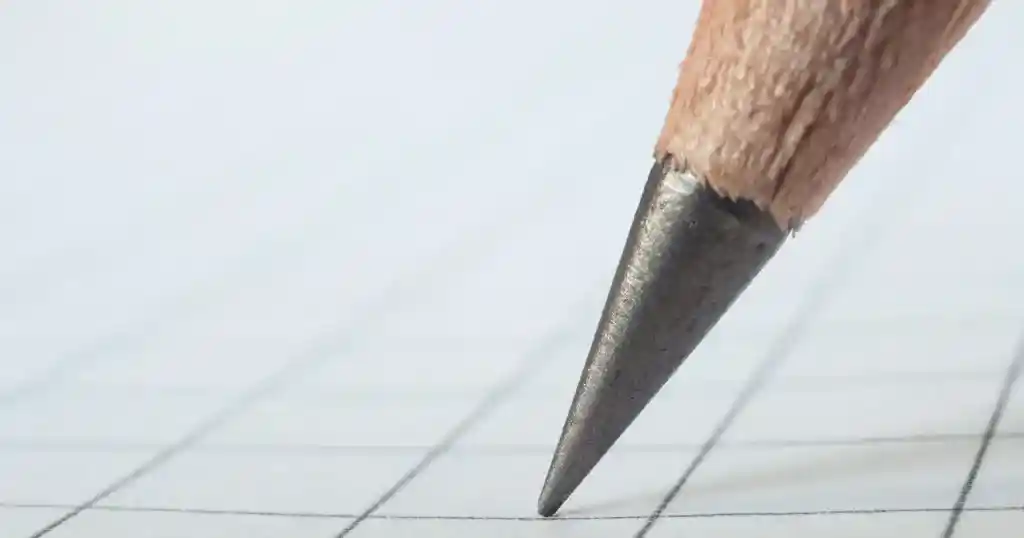
Standard pencil leads, like those in mechanical pencils, often have a thickness of 2 millimeters. This size is popular because it balances strength and precision. The lead is strong enough to resist breaking but fine enough to make clear, sharp lines without snapping frequently.
Artists and people who draw technical plans, such as architects and engineers, really appreciate the 2 mm lead. It lets them create detailed sketches where accuracy and line quality are very important. They can use a sharpener to keep the lead’s point fine, which adds to its usefulness in professional work.
From my experience, using a 2 mm lead helps me draw precise lines without worrying about the lead breaking all the time. It offers the right mix of durability and the ability to make detailed drawings, making it a practical choice for both students and professionals.
Also Read>>> Things That Are 5 Inches Long
9. Copper Wire

Copper wire with a diameter of 2 mm is often used in electrical projects because it is flexible and conducts electricity well. This size is common in electronics and home wiring because it is thin enough to fit through small spaces but strong enough to carry a lot of electricity without getting too hot. The 2 mm thickness is perfect for making sure the wire works safely and effectively in many electrical tasks.
In both personal projects and professional setups, I find that 2 mm copper wire is very useful. It can easily move through tight areas, making it great for complex electrical work. This thickness allows the wire to handle a significant amount of current, ensuring it stays safe and works well in different applications. Copper wire comes in different sizes, and each size is best for different jobs. Thicker wires can carry more electricity and are used in industrial tools and high-power equipment, while the 2 mm wire is ideal for everyday electrical needs.
10. An Ant
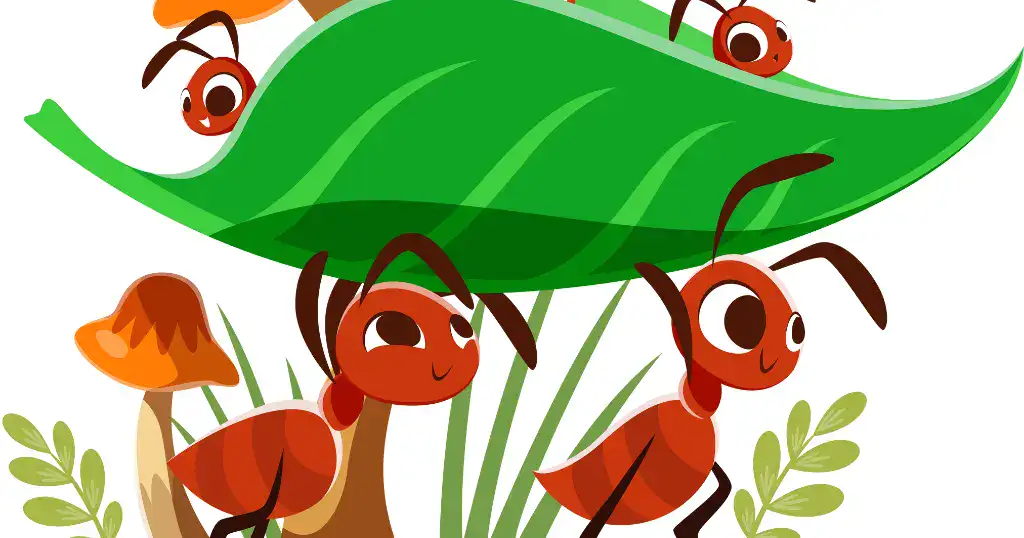
Ants are small but amazing insects. Many common ants, like the Pharaoh ant, are about 2 millimeters long, though some can grow up to 20 mm or more. Despite their tiny size, ants are very strong and work well together. They can carry things much heavier than themselves and are highly organized.
Ants live in large groups called colonies, which can have from a few dozen to millions of ants. A colony usually has one or more queens, many worker ants, and sometimes male ants and new queens. This teamwork helps ants survive and build their nests. Even the smallest ants, around 2 mm, play important roles, showing how teamwork is key in the animal world.
Conclusion
Even though 2 millimeters is very small, it is important in many everyday things and jobs. From the tip of a crayon and a thin guitar pick to tiny screws and copper wires, this small size helps make things work accurately and smoothly in crafting, building, and creating art.
In nature, ants and seeds show how 2mm can make a big difference. Understanding how small this measurement is helps us see that every little detail matters. Whether in simple tasks or special projects, recognizing the value of 2 millimeters helps us create better and more reliable things every day.

